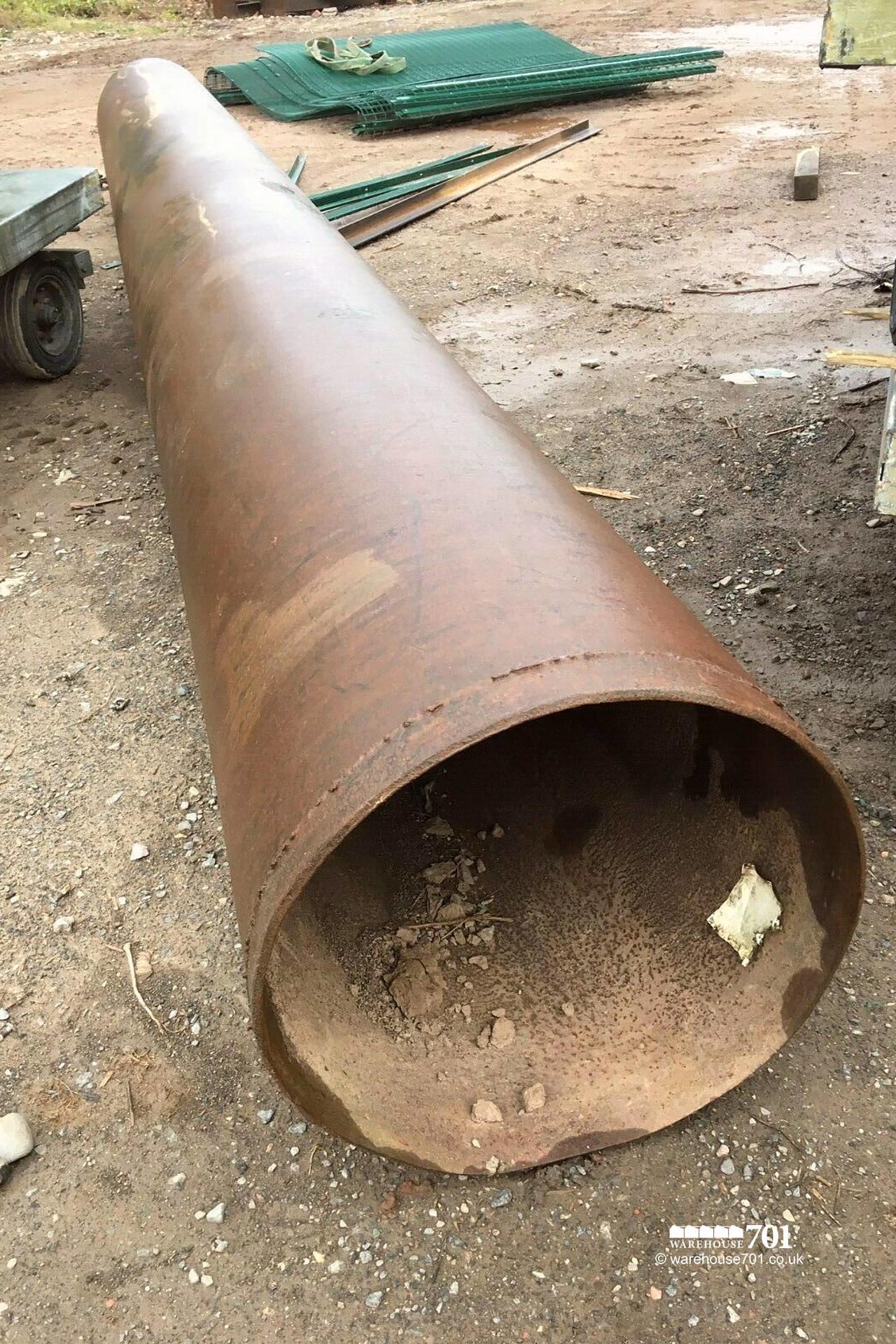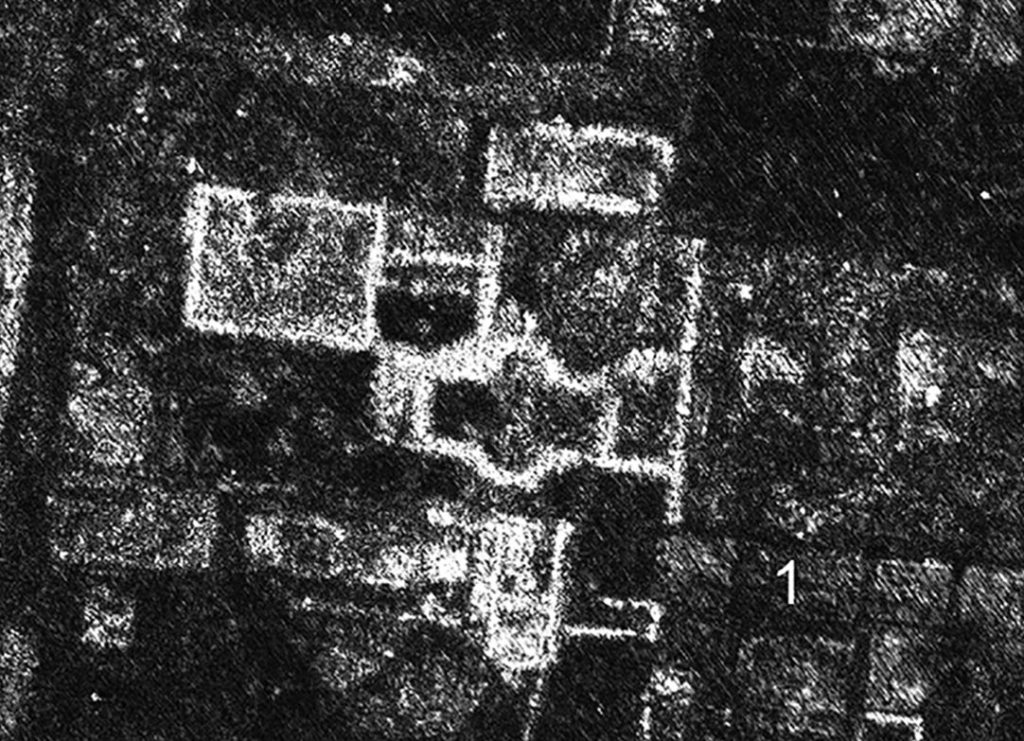

See, for example, the use of sqrt() and residuals() in the code above. In order to be consistent, we will always follow a function with parentheses to differentiate it from other objects, even if it has no arguments. We will use the pipe operator whenever it makes the code easier to read. For example, the third line above can be read as “Take the goog200 series, pass it to rwf() with drift=TRUE, compute the resulting residuals, and store them as res”. When using pipes, it is natural to use the right arrow assignment -> rather than the left arrow. When using pipes, all other arguments must be named, which also helps readability. This is consistent with the way we read from left to right in English. The left hand side of each pipe is passed as the first argument to the function on the right hand side. We prefer to use “training data” and “test data” in this book. Other references call the training set the “in-sample data” and the test set the “out-of-sample data”. Some references describe the test set as the “hold-out set” because these data are “held out” of the data used for fitting. Over-fitting a model to data is just as bad as failing to identify a systematic pattern in the data.A perfect fit can always be obtained by using a model with enough parameters.A model which fits the training data well will not necessarily forecast well.The test set should ideally be at least as large as the maximum forecast horizon required. Due to this, Big Tex has temporarily paused production on select trailer models so we. With the aftereffects of COVID-19, Big Tex has experienced unusually high demand for trailers across the United States. The size of the test set is typically about 20% of the total sample, although this value depends on how long the sample is and how far ahead you want to forecast. Big Tex is always focused on ensuring that we're serving our customers with the widest ranges of models available to service their needs. Because the test data is not used in determining the forecasts, it should provide a reliable indication of how well the model is likely to forecast on new data. When choosing models, it is common practice to separate the available data into two portions, training and test data, where the training data is used to estimate any parameters of a forecasting method and the test data is used to evaluate its accuracy. The accuracy of forecasts can only be determined by considering how well a model performs on new data that were not used when fitting the model. Consequently, the size of the residuals is not a reliable indication of how large true forecast errors are likely to be. It is important to evaluate forecast accuracy using genuine forecasts. 12.9 Dealing with missing values and outliers.12.8 Forecasting on training and test sets.
#Big pipe timeslice series

12.3 Ensuring forecasts stay within limits.10.7 The optimal reconciliation approach.10 Forecasting hierarchical or grouped time series.9.4 Stochastic and deterministic trends.7.5 Innovations state space models for exponential smoothing.



 0 kommentar(er)
0 kommentar(er)
